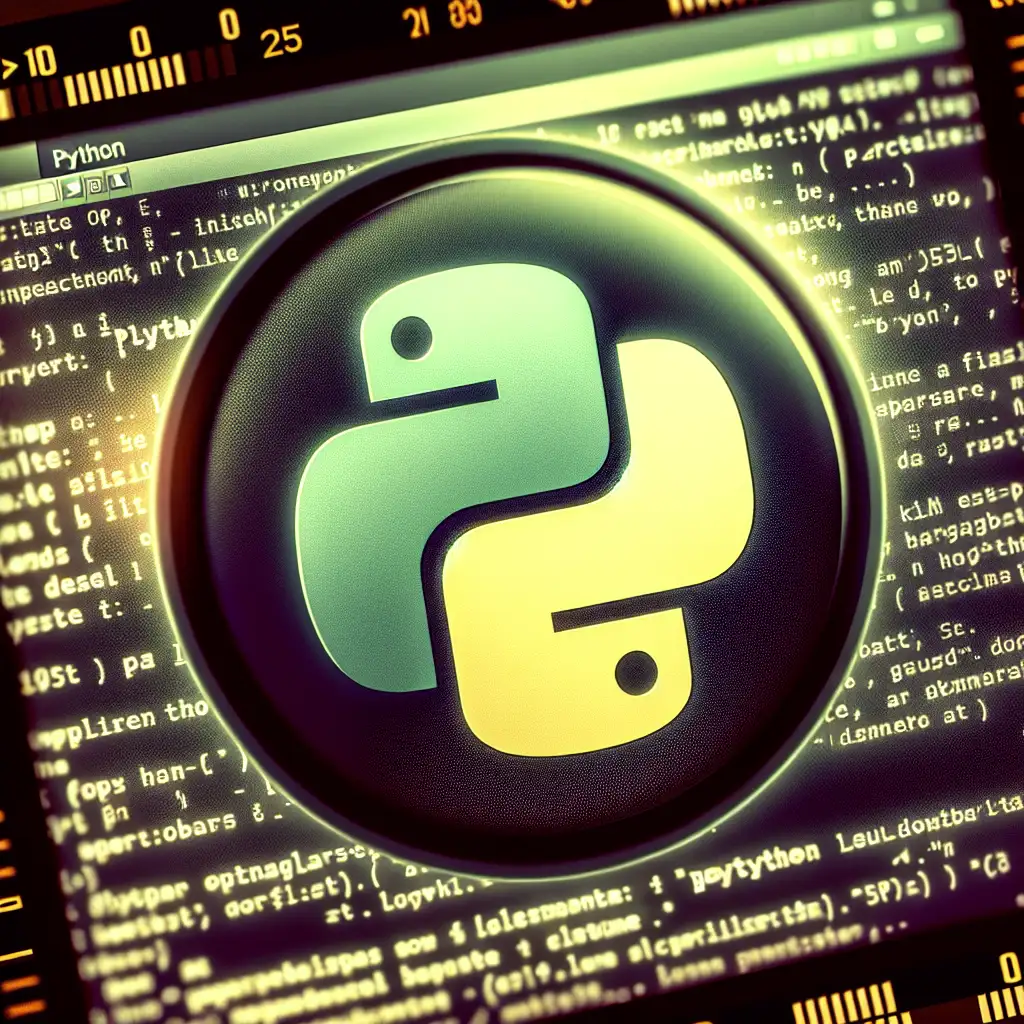Python Installation on Linux: Command-Line Methods for Reliability
Python remains foundational in Linux environments, powering configuration management, CI jobs, scientific tooling, and automation frameworks. Native distributions, however, don’t always ship with the Python interpreter version you need. Worse, ambiguities in UI-based tutorials often lead to inconsistent environments, making CI reproducibility or multi-user clusters unreliable.
Below—the canonical command-line workflows for installing Python 3, with notes on managing multiple versions and mitigating known edge cases. Side note: For hardened servers, approach system Python upgrades with care; upgrading from source in /usr/local/ or using user-level managers like pyenv often avoids breaking system dependencies.
1. Baseline Check
Before any installation, confirm the currently available interpreter versions. Reason: many Linux distributions already include a system Python for package management. Overwriting this can break tools like apt, yum, or dnf.
python3 --version
python --version
Common outputs:
Python 3.10.12
Python 2.7.18
If python3 is missing, installation is necessary.
2. Repository Sync
Repository metadata frequently lags in mirrors. Before installing or upgrading, synchronize the package index. Omitted step often yields outdated packages.
- Debian/Ubuntu:
sudo apt update - Fedora:
sudo dnf check-update - CentOS/RHEL (8+):
sudo yum check-update
3. Install Python 3 and pip
Distribution packages maintain standardized naming conventions:
- Ubuntu/Debian:
sudo apt install python3 python3-pip - Fedora:
sudo dnf install python3 python3-pip - CentOS/RHEL 8+ (EPEL enabled):
sudo yum install python3 python3-pip
Verify installation:
python3 --version
pip3 --version
Typical errors at this step include missing EPEL repo (No package python3-pip available). Solution:
sudo dnf install epel-release || sudo yum install epel-release
sudo yum install python3-pip
4. Managing Multiple Python Versions
The update-alternatives Method (Debian/Ubuntu)
Useful when legacy workloads require Python 2.7, but all new code targets Python 3.x.
Register alternatives:
sudo update-alternatives --install /usr/bin/python python /usr/bin/python2.7 1
sudo update-alternatives --install /usr/bin/python python /usr/bin/python3.11 2
Switch interactively:
sudo update-alternatives --config python
- Select the version as required.
- Note: Most current Debian-based distros drop the
pythonsymlink; preferpython3for scripts.
5. Installing More Recent Python Versions
Repo lag is real. Example: Ubuntu 22.04 LTS ships with Python 3.10, but you may need 3.11+ to leverage features like tomllib or improved async.
Approach 1: Deadsnakes PPA (Ubuntu & derivatives)
sudo apt update && sudo apt install software-properties-common -y
sudo add-apt-repository ppa:deadsnakes/ppa
sudo apt update
sudo apt install python3.11 python3.11-venv python3.11-dev -y
Set as default (if desired):
sudo update-alternatives --install /usr/bin/python3 python3 /usr/bin/python3.11 2
sudo update-alternatives --config python3
Gotcha: Packages installed via pip under /usr/local can shadow system packages—sanity check which python3 and pip3 list if you encounter version confusion.
Approach 2: Compile from Source
- This avoids issues with stale repositories, but it’s outside distro package control (no automatic security updates).
- Example (Python 3.12.2):
sudo apt install build-essential libssl-dev zlib1g-dev libncurses5-dev \ libncursesw5-dev libreadline-dev libsqlite3-dev libgdbm-dev \ libdb5.3-dev libbz2-dev libexpat1-dev liblzma-dev tk-dev wget https://www.python.org/ftp/python/3.12.2/Python-3.12.2.tgz tar xzf Python-3.12.2.tgz cd Python-3.12.2 ./configure --enable-optimizations make -j$(nproc) sudo make altinstall - Result: Binaries appear as
/usr/local/bin/python3.12(does not overwritepython3).
6. Isolated Version Management: pyenv
For developers juggling legacy and cutting-edge projects, pyenv avoids system package conflicts:
curl https://pyenv.run | bash
export PATH="$HOME/.pyenv/bin:$PATH"
eval "$(pyenv init -)"
eval "$(pyenv virtualenv-init -)"
pyenv install 3.11.4
pyenv global 3.11.4
python --version
- Local project versions:
pyenv local 3.10.8
Caveat: Some IDEs or system services may fail to detect user-space Python managed by pyenv if run as root or a different user.
7. Reference Table
| Distribution | Update Cmd | Install Cmd | Version Check |
|---|---|---|---|
| Ubuntu/Debian | sudo apt update | sudo apt install python3 | python3 --version |
| Fedora | sudo dnf check-update | sudo dnf install python3 | python3 --version |
| CentOS/RHEL 8+ | sudo yum check-update | sudo yum install python3 | python3 --version |
Final Notes
For automation workflows, always script explicit version checks post-install:
python3 --version | grep -q "3.11" || echo "Unexpected Python version" >&2
Default interpreters affect everything from virtualenvs to systemd unit scripts. When possible, pin python versions and dependencies using requirements.txt or pip freeze.
Alternative toolchains—conda, micromamba—exist, but introduce their own complexity and should be evaluated for your workflow.
Side note: For immutable infrastructure or containers, bake Python into the image build stage (e.g., Dockerfile FROM python:3.11-slim). Avoid in-place installations on live production nodes unless absolutely necessary.
If you encounter migration issues, trace with:
strace python3 --version
to identify broken symlinks or missing shared libraries.
